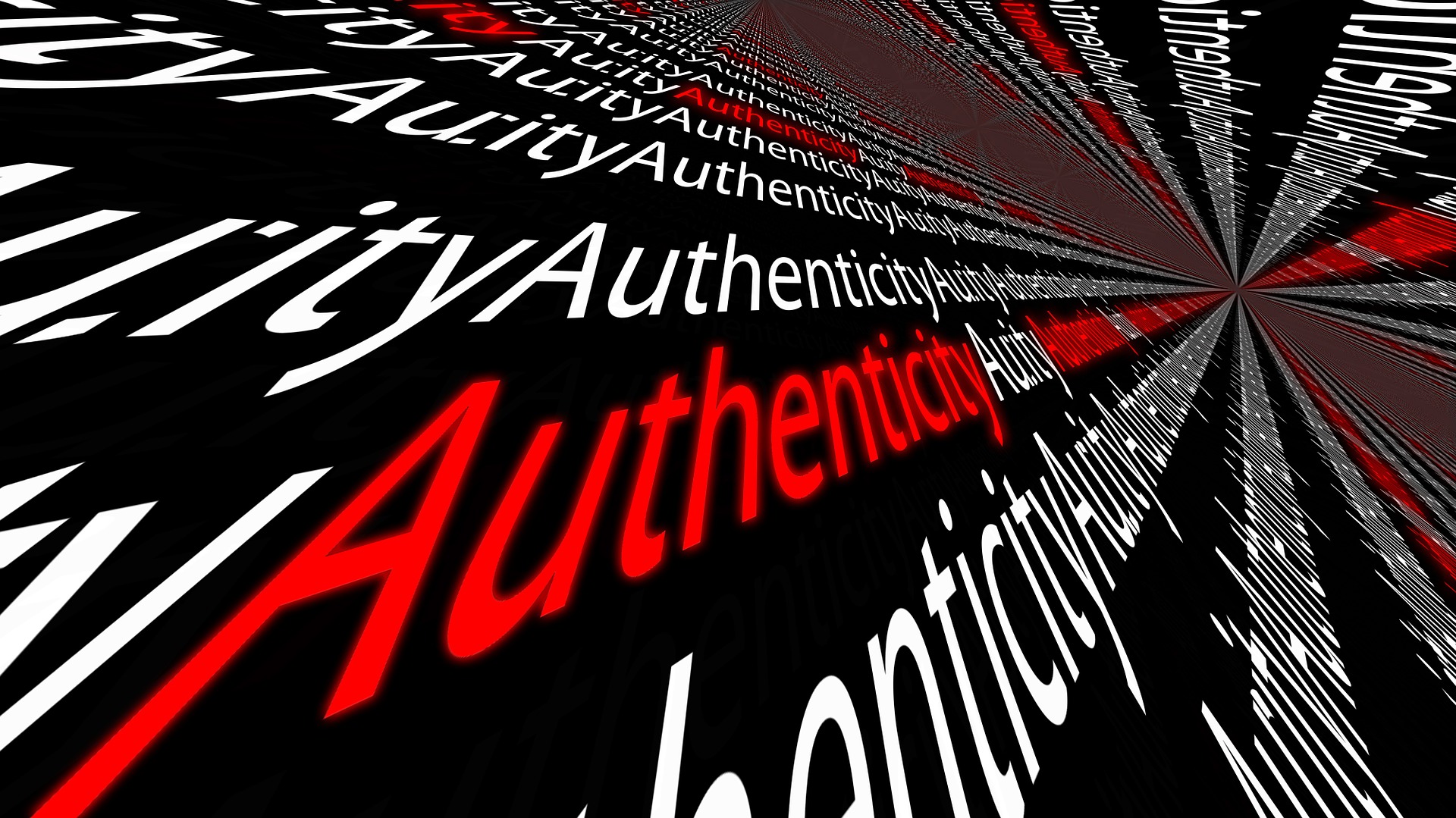I’ve just returned from a much-t00-brief visit to the annual conference of the American Association of Law Libraries in Baltimore. Although the conference started Saturday, family obligations kept me away until Monday. Then yesterday, flight cancellations along the east coast had me scrambling for a route home, forcing me to leave much earlier than I’d planned to catch the Amtrak to Boston.
Pretty much all I managed to do, therefore, was explore the exhibit hall and speak with vendors there. From my vantage point, that’s a good thing. As I wrote after last year’s conference, AALL’s annual convention has evolved into one of the leading conferences for legal technology.
The reason for this is partly due to the evolving role of the law librarian. Back in 2014, I wrote about the changing role of law librarians, concluding, “To my mind, there has never been a more exciting or important time to be a legal information professional.” Four years later, that is even more true. As I said in last year’s post, law librarians wear an increasing number of hats these days, and a major one is legal technologist.
Hand in hand with the changing role of law librarians is the fact that information science itself is being radically transformed by technology. The buzzwords permeating this conference were the same you’ll hear at any legal technology conference — artificial intelligence, analytics, blockchain. But this is buzz with real substance behind it. Advances in technology are driving advances in legal research and even redefining the meaning and scope of what we’ve traditionally considered legal research to be.
In this regard, it says something about the state of innovation in law that prominent among those showing off leading-edge technologies at AALL were two of the industry’s most-established companies — Thomson Reuters with its AI-powered Westlaw Edge and LexisNexis with its new Lexis Analytics suite.
I was able to catch up with both companies at AALL and also see more of two new LexisNexis products, Context, which rolls out in September and will help lawyers understand what language judges find most persuasive, and Lexis Search Advantage | Transactional Powered by Intelligize, which is now available and allows firms to mine rich information out of internal document collections. (See this post for more.)
I also got the chance to see a demo of another new product I recently wrote about, the Analytics Workbench from Fastcase and its recently acquired docket-tracking company Docket Alarm. The idea of the Workbench is to allow legal professionals to build their own bespoke litigation analytics across any court, practice area or litigation event.
Visually, the analytics you create in Workbench look like Docket Alarm’s existing analytics product, PTAB Predictive Analytics. The difference is that these same analytics can be applied to virtually any court or type of docket activity. (Docket Alarm includes all federal dockets but is limited in its coverage of state dockets.) Michael Sander, Docket Alarm’s founder and CEO, said the goal is to make it easy for attorneys to create custom analytics, without requiring sophisticated tech expertise.
Wandering the exhibit hall, I was able to get updates from several companies I’m familiar with and make introductions with several I had not seen before. There will be more to come on this blog about some of those companies.
But something I heard over and over again from the vendors at AALL mirrors what I said above about the changing role of law librarians. Law librarians get it, the vendors said. They understand the importance of technology in advancing the legal profession, and they are more likely than other legal professionals to understand the mechanics of technology, to be able to get under the hood and size up whether a product is what it claims to be.
We see this at law firms, where law librarians are often the gatekeepers for new technology, helping to vet and evaluate products before their firms plunk down precious dollars. We see this at law schools, where law librarians are often at the forefront of pushing for teaching and program initiatives in technology innovation and competence. We see this in court systems and government agencies, where law librarians are often helping to lead the charge for expanding access to justice.
One of the programs I most wanted to attend but was unable to thanks to travel woes was Susan Nevelow Mart’s program looking into the “black box” of legal research software. I wrote about Mart’s fascinating research after last year’s AALL, in which the University of Colorado law library director demonstrated that difference legal research platforms deliver surprisingly different results.
The reason for this is differences in the algorithms used by legal research companies. Mart’s findings led her to issue a call for companies to be more transparent about the biases in their algorithms. This year’s panel followed on that, with two legal research companies, Fastcase and LexisNexis, joining Mart to provide more details on how their algorithms work.
To me, Mart’s research is a perfect example of the critical role librarians play in the legal profession. They are the gatekeepers, they are the technology police. They have the skill and the savvy to scrutinize vendors’ claims and make sure the reality comports with the marketing. In this way, librarians — maybe more than any other role in the legal profession — are keeping the industry honest.
And it’s not only about product claims. Just a month before the conference, AALL called LexisNexis on the carpet, accusing it of anticompetitive sales practices. AALL and LexisNexis have since had several meetings about the accusation, but as of last time I asked (Monday), they had not reached a resolution.
These days, it seems that every new product is baiting its hook with claims of being innovative and practice-changing. Law firms, pressured to adopt new technologies, are quick to bite. Someone needs to serve as the gatekeeper. Someone needs to keep companies honest. Increasingly, that someone is a law librarian.
 Robert Ambrogi Blog
Robert Ambrogi Blog